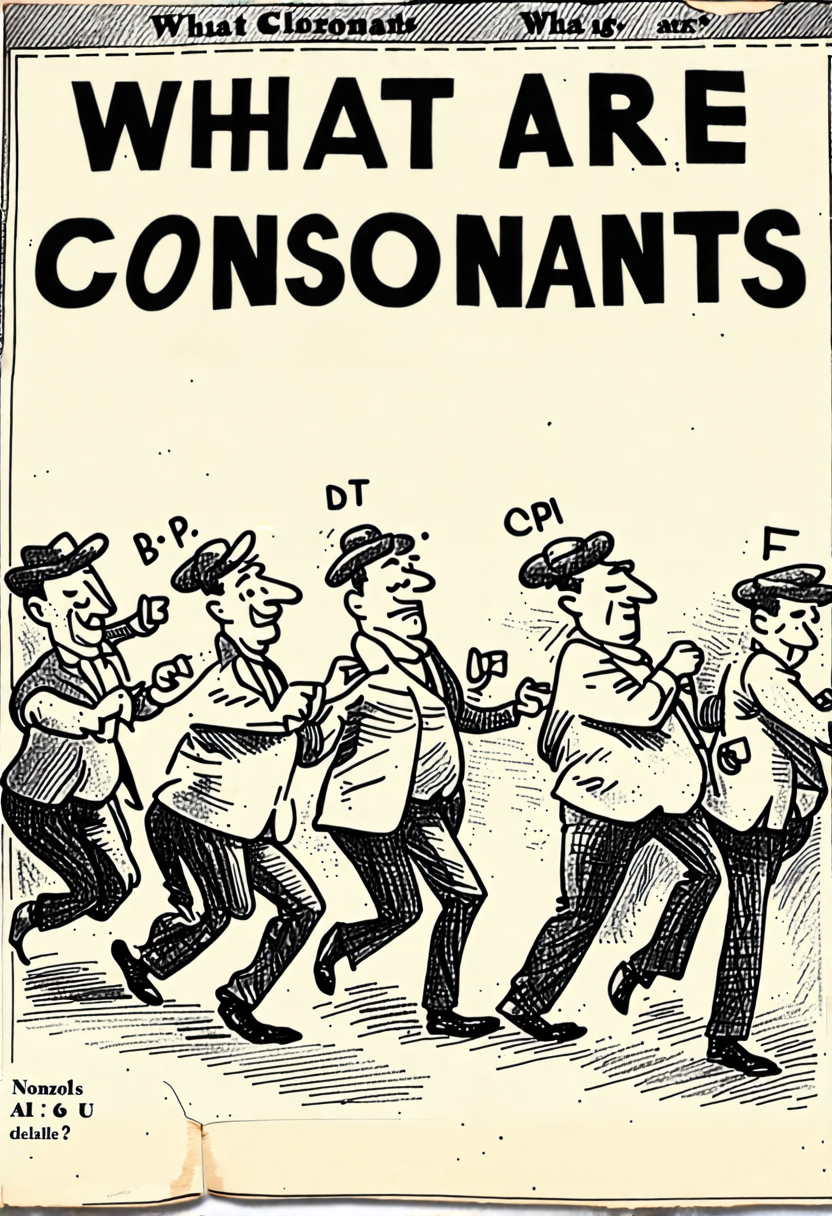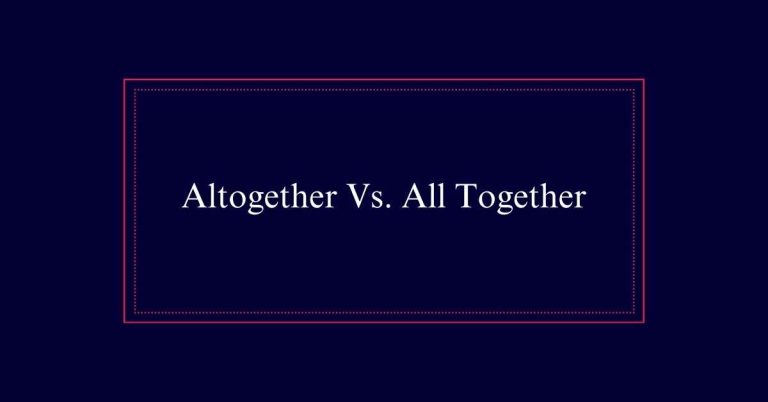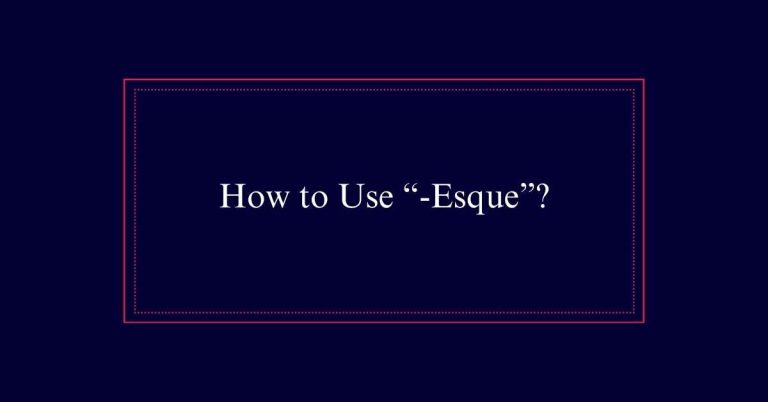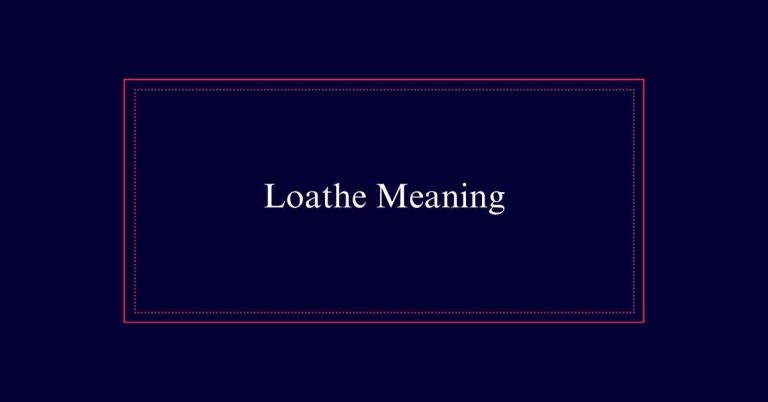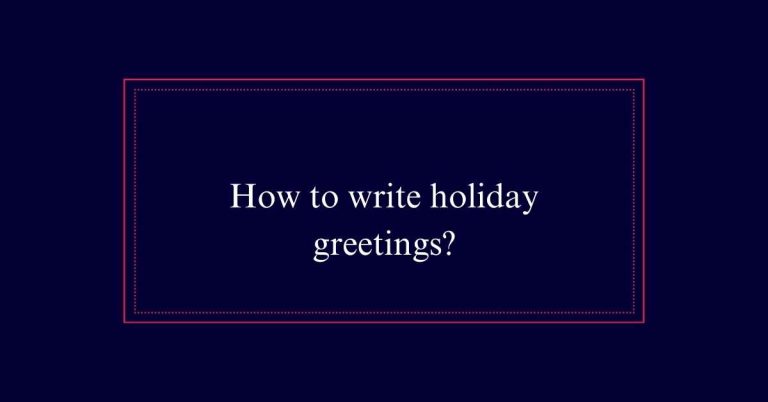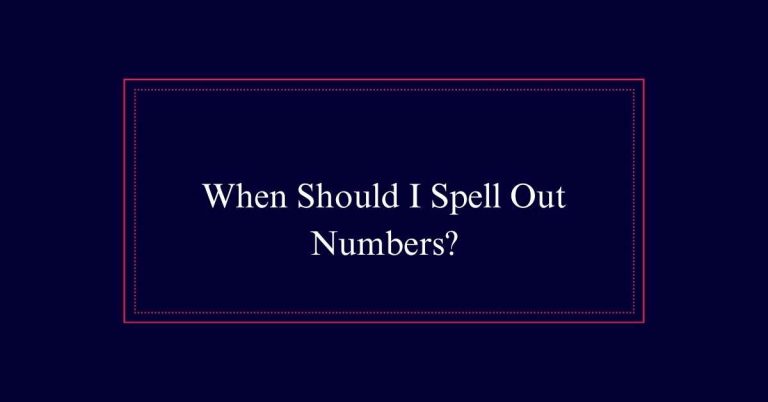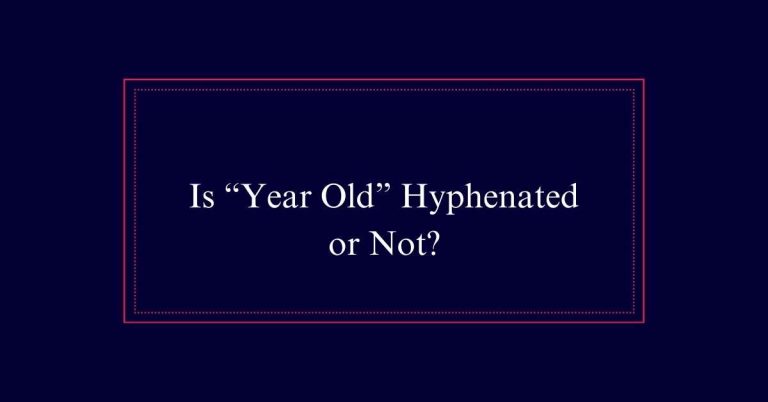What Are Consonants?
Consonants are speech sounds produced by obstructing airflow in the vocal tract. They form the majority of the English alphabet, including letters like B, C, D, and F. Unlike vowels, which allow free airflow, consonants require actions such as placing the tongue against the teeth or lips.
Certain letters, such as ‘y’ and ‘w,’ can function as both consonants and vowels, depending on their usage in words. For example, ‘y’ in “yes” and ‘w’ in “water” are consonants.
What Is a Consonant?
Understanding what a consonant is begins with recognizing that consonants represent speech sounds involving the closure of the vocal tract. For instance, placing the tongue behind the front teeth to produce the ‘t’ sound or closing the lips for the ‘m’ sound are examples of this closure.
In contrast, vowels do not involve such closures. Most letters in the English alphabet are consonants. These sounds are essential for forming words and sentences. Some letters, like ‘y’ and ‘w,’ can represent both consonant and vowel sounds, known as sometimes consonants.
How Consonants Work
To grasp how consonants work, it’s important to examine the mechanics behind these speech sounds. Consonants involve the closure or restriction of the vocal tract. This can occur in various ways, such as placing the tongue behind the front teeth (like in ‘t’ or ‘d’) or closing the lips (as with ‘p’ or ‘b’). These actions obstruct the airflow, creating distinct sounds.
Unlike vowels, which are produced with an open vocal tract, consonants require specific articulation points. Understanding these mechanics helps in mastering pronunciation and spelling. Each consonant sound is unique, contributing to the richness and clarity of spoken language.
Always Consonants
In the English language, certain letters are consistently used to represent consonant sounds. These letters include B, C, D, F, G, H, J, K, L, M, N, P, Q, R, S, T, V, W, X, and Z. They are called ‘always consonants’ because they never represent vowel sounds.
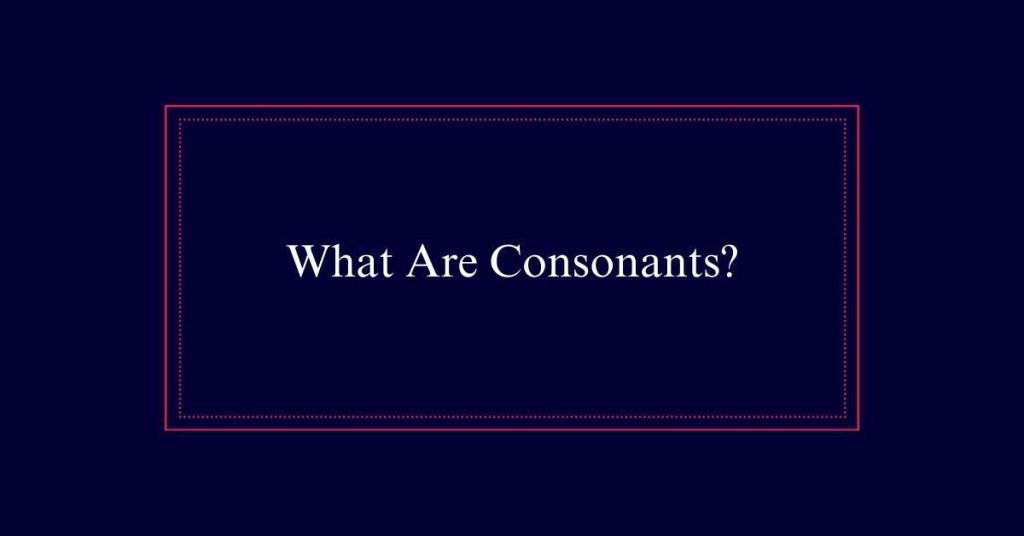
Consonants involve partial or complete closure of the vocal tract. For example, the letter ‘B’ requires the lips to close momentarily before releasing the sound. This closure distinguishes consonants from vowels, which do not involve such blockage.
Sometimes Consonants
While some letters are always consonants, others can function as both consonants and vowels. These letters are known as sometimes consonants. Understanding these letters is key for correct pronunciation and spelling.
Here are some examples:
- Y: It acts as a consonant in words like ‘yes’ but as a vowel in words like ‘gym.’
- W: It serves as a consonant in ‘water’ but can function like a vowel in ‘cwm’ (a Welsh term).
- R: Often a consonant, it can act as a vowel in certain dialects, like in ‘iron.’
- H: Typically a consonant, but in some languages, it has vowel-like qualities.
Vowels Vs. Consonants
Understanding the differences between vowels and consonants is fundamental to mastering English pronunciation and spelling. Vowels are sounds produced without closing the vocal tract. They vary in pitch, accent, volume, and duration. Common vowel letters include A, E, I, O, and U.
In contrast, consonants involve some closure of the vocal tract, like placing the tongue behind the front teeth or closing the lips. Examples of consonant letters are B, D, K, and T.
Consonance Explained
Consonance, a literary device, involves the repetition of consonant sounds within words or phrases. This technique is used to create rhythm, enhance mood, and emphasize particular sounds in poetry and prose. Unlike alliteration, which repeats initial sounds, consonance can occur anywhere within the words.
Here are four key points about consonance:
- Placement: Consonant sounds can be repeated at the beginning, middle, or end of words.
- Effect: It adds musicality and can make phrases more memorable.
- Usage: Common in poetry, music lyrics, and rhetorical speeches.
- Examples: Phrases like ‘pitter-patter’ or ‘slip-slap’ show effective use of consonance.
Consonants in English Alphabet
The English alphabet contains 21 consonant letters, which play a crucial role in forming the structure and sound of words. These consonant letters are essential in distinguishing one word from another by providing specific sounds that vowels alone cannot achieve. Consonants can be classified into various categories based on their articulatory features such as place of articulation, manner of articulation, and voicing.
Here is a simple breakdown:
| Letter Group | Examples | Characteristics |
|---|---|---|
| Plosives | B, P, T | Airflow stopped |
| Fricatives | F, V, S | Airflow partially blocked |
| Nasals | M, N | Air through the nose |
Consonants and Pronunciation
Pronunciation of consonants involves specific movements of the vocal tract that create distinct speech sounds. These movements include placing the tongue in various positions and controlling airflow. Each consonant sound has a unique articulation process, which is essential for clear communication.
Here are some key aspects of consonant pronunciation:
- Plosive Sounds: Created by stopping airflow completely and then releasing it (e.g., ‘p’ and ‘b’).
- Fricative Sounds: Produced by forcing air through a narrow channel (e.g., ‘f’ and ‘s’).
- Nasal Sounds: Formed by allowing air to escape through the nose (e.g., ‘m’ and ‘n’).
- Affricate Sounds: A combination of plosive and fricative sounds (e.g., ‘ch’ and ‘j’).
Articles and Consonants
Understanding consonant pronunciation lays the groundwork for correctly using articles in English. Articles are small words like ‘a,’ ‘an,’ and ‘the,’ which precede nouns. The correct usage depends on whether the noun begins with a consonant or vowel sound.
Use ‘a’ before words starting with a consonant sound, such as ‘a book’ or ‘a car.’ Use ‘an’ before words starting with a vowel sound, such as ‘an apple’ or ‘an hour.’ Be cautious with words starting with silent consonants or vowel letters that sound like consonants. For example, ‘an honor’ (silent ‘h’) and ‘a university’ (sounds like ‘y’).
